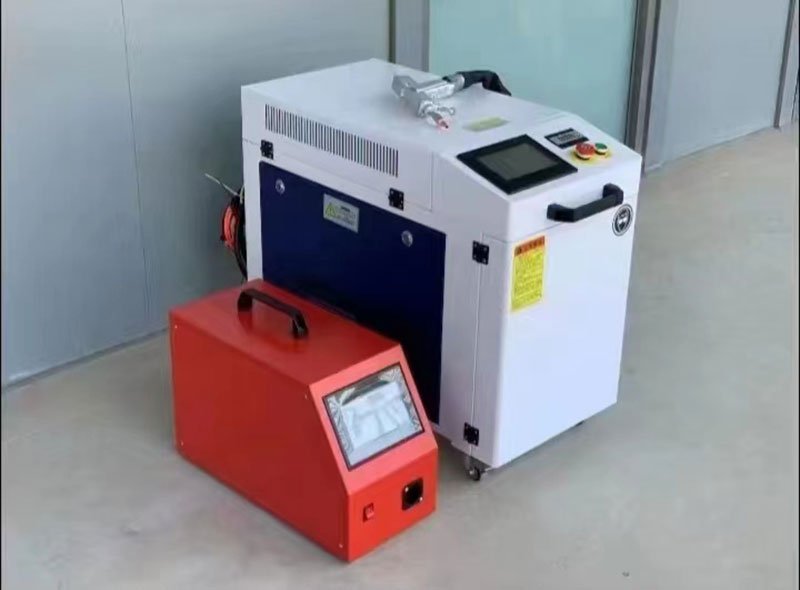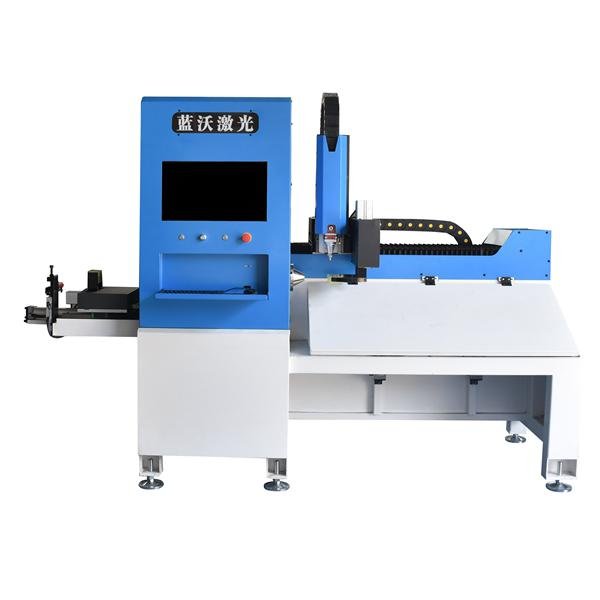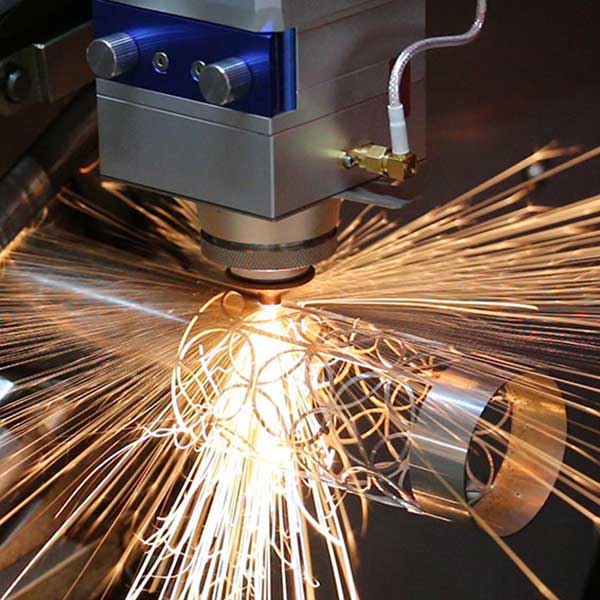Handheld laser welding machines require the use of gases to shield the weld pool and reduce oxidation during the welding process. The commonly used gases in handheld laser welding machines include argon, nitrogen, helium, and carbon dioxide. Each gas has unique properties that make it suitable for specific welding applications.
Table of Contents
ToggleIntroduction

Handheld laser welding machines are widely used in the welding industry due to their high precision, fast speed, and low deformation. However, the use of gas during the welding process is just as important as the equipment itself. In this article, we will discuss the use of gas in handheld laser welding machines and its impact on various welding parameters.
Role of welding gases
Shielding gas, sometimes known as “cover gas,” has three primary functions in laser welding:
1. To protect the weld from reacting with the surrounding environment (such as oxygen, nitrogen, or hydrogen).
2. To prevent or minimize the formation of a plasma, which can interfere with the laser beam.
3. To maintain a stable welding process and weld pool.
The choice of shielding gas can have a significant impact on the welding speed, microstructure, and shape of the final product. The most commonly used gases for laser welding are helium, argon, and nitrogen.
Types of Gases Used in Handheld Laser Welding Machines
Argon is the most commonly used gas in handheld laser welding machines. It is an inert gas that provides excellent protection against oxidation and has excellent thermal conductivity. It is also non-toxic and non-flammable, making it a safe option for welding applications.
Nitrogen is another gas that is commonly used in handheld laser welding machines. It is also an inert gas and provides excellent protection against oxidation. Nitrogen is cheaper than argon and is often used in applications where cost is a significant factor.
Helium is also an inert gas that is used in handheld laser welding machines. It has a higher thermal conductivity than argon and nitrogen, making it suitable for applications that require faster welding speeds. However, it is more expensive than argon and nitrogen and is often used in specialized applications.
Carbon dioxide is an active gas that is used in handheld laser welding machines. It provides better penetration than inert gases but is more prone to spattering. Carbon dioxide is often used in applications that require higher welding speeds and thicker materials.
Impact of Gas on Welding Parameters
The type of gas used in handheld laser welding machines has a significant impact on various welding parameters. The most important parameters that are affected by gas selection are the welding speed, penetration depth, and weld quality.
Welding speed is a critical parameter that determines the overall efficiency of the welding process. The type of gas used in handheld laser welding machines can significantly affect the welding speed. For example, helium can significantly increase the welding speed compared to argon or nitrogen due to its higher thermal conductivity.
Penetration depth is another parameter that is affected by the gas used in handheld laser welding machines. Inert gases like argon and nitrogen provide less penetration than active gases like carbon dioxide. The penetration depth can also be adjusted by changing the gas flow rate and nozzle design.
Weld quality is perhaps the most critical parameter that is affected by the gas used in handheld laser welding machines. The type of gas used can affect the weld quality by altering the weld pool shape, porosity, and spatter. The gas flow rate and nozzle design also play a significant role in weld quality.
Conclusion
In conclusion, the use of gas in handheld laser welding machines is crucial for achieving high-quality welds. The choice of gas depends on the specific welding application, and each gas has its advantages and disadvantages. Argon is the most commonly used gas due to its excellent protection against oxidation and thermal conductivity. Nitrogen is an affordable alternative to argon, while helium is suitable for applications that require faster welding speeds. Carbon dioxide is often used in applications that require higher welding speeds and thicker materials. Proper gas selection and nozzle design are essential for achieving high-quality welds in handheld laser welding machines.


